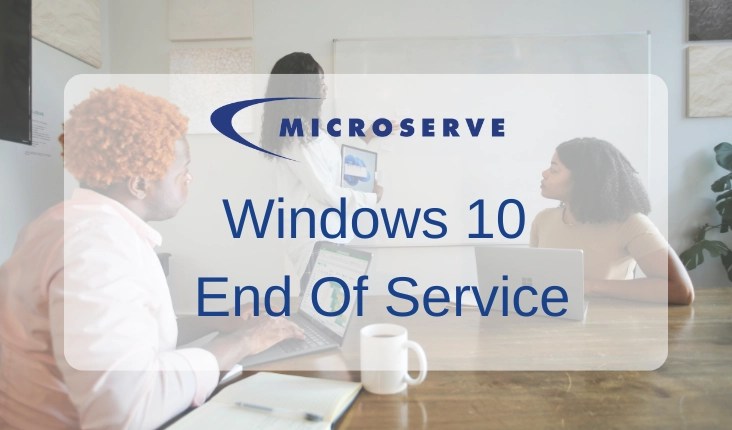Understanding Unified Communications
Over the past 9 months, many organizations learned to embrace video conference meetings as a part of their routine. Making daily face-to-face connections with colleagues, customers and suppliers became a norm for millions of people who had only just used video conferencing occasionally in the past. But now that video conferencing (VC) has became a part of that clichéd “new normal”, how do organizations need to adapt as they begin a phased and gradual move back to their offices? For much of 2021, your employees will remain split between the office and the work-from-home office, many of your customers will continue to limit the hosting of guests, many of your suppliers will continue to restrict their travel, and many of the events you were used to attending in person will be hosted virtually. Businesses such as law firms and financial services organizations which have traditionally relied heavily on in-person interactions with customers will find that, with the right technology, they can retain equally effective channels of unified communications.
As you have more employees returning to the office, it will be vital to maintain uninterrupted workflow and have easily accessible client and colleague communication. Having your employees join all these meetings from their desks is not always going to be ideal. If an employee does not have a private office, then their meetings may have background noise, people walking though the camera view, and of course not offer any privacy for the content of the meetings. Additionally, having multiple meeting participants in an office joining the same meeting will unnecessarily increase the network bandwidth being used, which may result in a poor experience for the users. Many organizations will already have some VC-enabled unified communications meeting spaces but may soon discover that they need more VC enabled unified communications spaces to meet increased demand. Others will find that their VC enabled unified communications rooms are inadequately equipped and need an update. Organizations will find themselves looking at implementing or updating a range of VC-enabled spaces: large boardrooms, small huddle rooms, video phone-booth rooms and even mobile video conferencing carts to turn an empty office, flex space or staff lounge into a meeting space.
As you look to implement new VC-enabled unified communications rooms, or update existing ones, there are some important hardware considerations you need to make, starting with your meeting room video displays. Are your displays large enough to be readable by socially distanced viewers? In a pre-COVID world, a 55” inch display may have been “a bit small but okay” in a room; now the people sitting further away than they used to may not be able to read the content on the screen. Is one display enough in your larger rooms? Do you need multiple displays so people in the back can see better? Do you want to have two displays, so that you can maintain full screen face-to-face viewing on one and have full screen content sharing on the other? Do you need an interactive display to enable annotation, flow-charting and other on-screen collaboration?
The Benefits of Unified Communications
Beyond the displays, there are many other hardware considerations to ensure that your meetings run smoothly. Are meetings easy to start, can user walk in and click “join” to launch the meeting, or do they need to manage multiple cables and remote controls to get a meeting going? Is the camera suitable to the room size, can participants at the back of the room be seen clearly? And most importantly, are the microphones and speakers adequate for the meeting room size? If participants cannot hear each other, then communication is not happening, and your employees’ time is not productive.
By updating your meeting rooms and huddle spaces with the latest audio-visual technology, employees returning to the office will be able to have easy and effective unified communications with your customers and enable productive collaboration with their work-from-home colleagues.
Optimizing your organization’s audio-visual equipment will give you a competitive edge and improve your workflow productivity even after the COVID-19 pandemic has subsided. While these tools may be essential at the moment, we guarantee that they will continue to amplify your company’s effective collaboration and unified communications even after social distancing is no longer needed.
About Microserve – Your Partner for IT Solutions
At Microserve, we have the expertise to optimize your workspaces for this ever-changing new work landscape. Using the latest in video conferencing technologies for platforms such as Teams (Teams Guide: Microsoft Teams – A Beginner’s Guide – YouTube), Zoom and WebEx, we can help you be prepared and confident that your workflow and unified communications will be seamless and effective. In turn, allowing you to focus on what’s important: your business continuity and client satisfaction.




